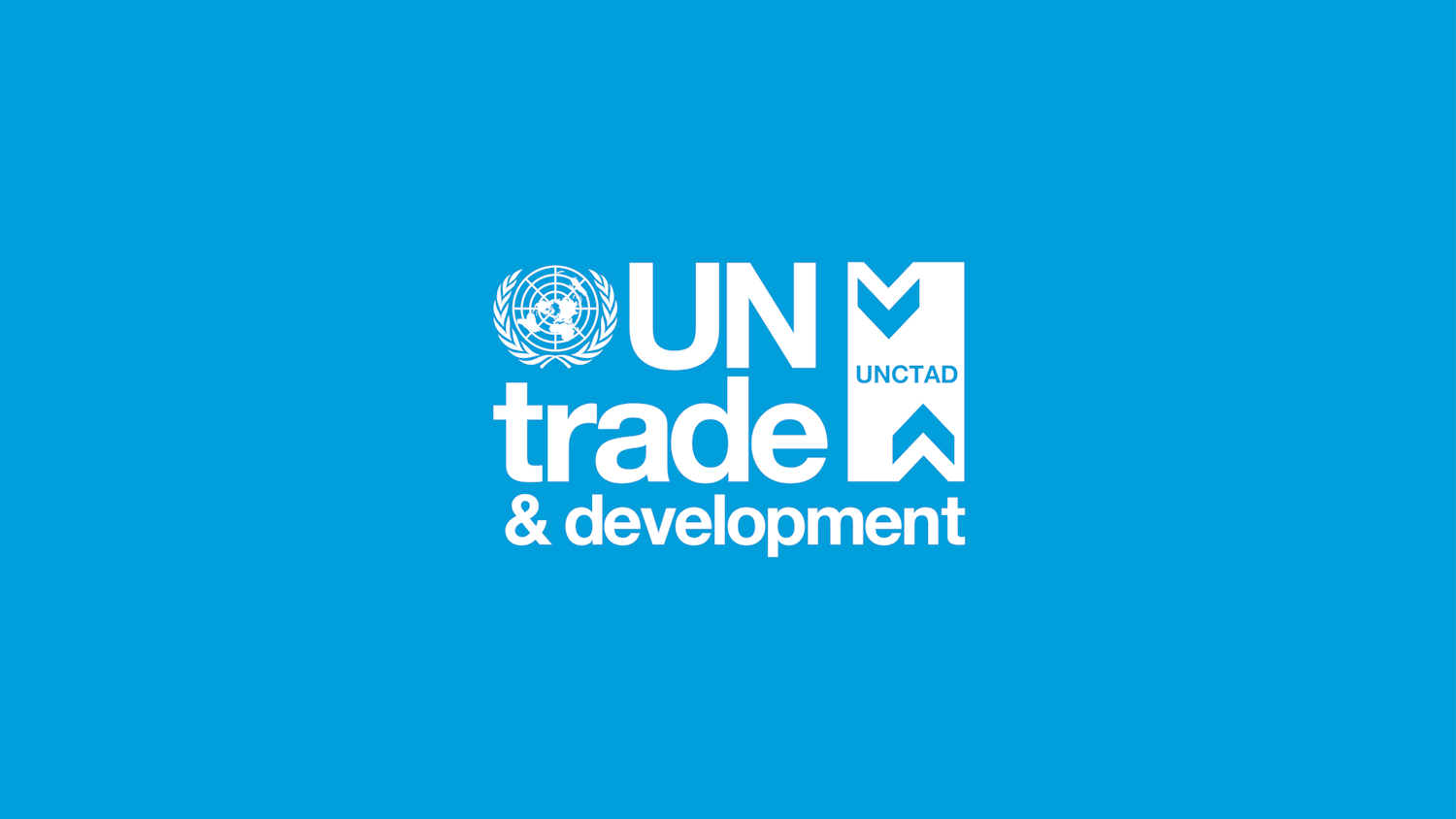
International trade agreements are increasingly crucial in shaping global economic relations and facilitating trade between nations. As of October 2024, the landscape of trade agreements reflects ongoing negotiations, signings of new treaties, and the introduction of new policies that respond to changing geopolitical dynamics and economic needs.
Recent Developments in Trade Agreements

As an independent trading nation since exiting the European Union, the UK has successfully established over 70 trade agreements. Notably, the UK-EU Trade and Cooperation Agreement governs trade relations between the UK and EU member states. There are additional agreements that the UK has signed but not yet implemented, such as the economic partnership agreement with Comoros signed on April 12, 2022, which is soon expected to enter into force[1][2]. Furthermore, the UK is actively negotiating new agreements with several countries and regions, including India, Republic of Korea, Switzerland, Israel, and the Gulf Cooperation Council, with aspirations to enhance its trading partnerships[1].
In the broader context of international trade, the Global Trade Update from UNCTAD indicates that after a downturn in 2023, global trade is anticipated to rebound in 2024. This projection follows a year of contraction, where trade in goods declined significantly, while the services sector demonstrated resilience despite the overall downturn[2][5].
The Role of Geopolitical Factors
Geopolitical tensions continue to influence trade dynamics significantly. For instance, the trade interdependence between the U.S. and China has decreased, and countries are often reassessing their trade relationships amid rising protectionism and competition[4][9]. The WTO has highlighted that “global economic fragmentation” is becoming a pressing concern that could undermine potential growth opportunities in trade as countries reassess dependencies on certain trading partners[7][10].
Moreover, discussions about diversification in trade partnerships are rising. The EU and other nations like the UK are exploring new agreements to strengthen their economic ties in light of these changing geopolitical landscapes. For example, the EU has over 42 agreements with various countries, valued at over €2.3 trillion[6].
The Economic Impact of Trade Agreements
However, uncertainties remain regarding inflation and supply chain disruptions. Shipping costs are still impacted by geopolitical tensions—and environmental factors, such as changing water levels in crucial shipping routes, also pose significant risks to smooth trade operations[2][7].
Consultation and Future Directions

Trade frameworks are also evolving with attention to digital economies. Recent agreements emphasize reducing bureaucratic hurdles in the exchange of digital goods and services, which have become increasingly relevant in today's global economy. Initiatives like the EU-Singapore Digital Partnership are examples of how trade agreements are adjusting to encompass new areas of commerce[9].
Conclusion
International trade agreements are at a pivotal junction, with ongoing negotiations and adaptations to the changing global economic environment. As countries seek to navigate complexities posed by geopolitical tensions, economic recovery prospects hinge on the ability to foster collaboration while addressing the challenges of protectionism and economic fragmentation. With expectations of increased trade growth in 2024, the effectiveness of these agreements will significantly influence global economic recovery and resilience in the coming years.
Get more accurate answers with Super Pandi, upload files, personalized discovery feed, save searches and contribute to the PandiPedia.
Let's look at alternatives:
- Modify the query.
- Start a new thread.
- Remove sources (if manually added).